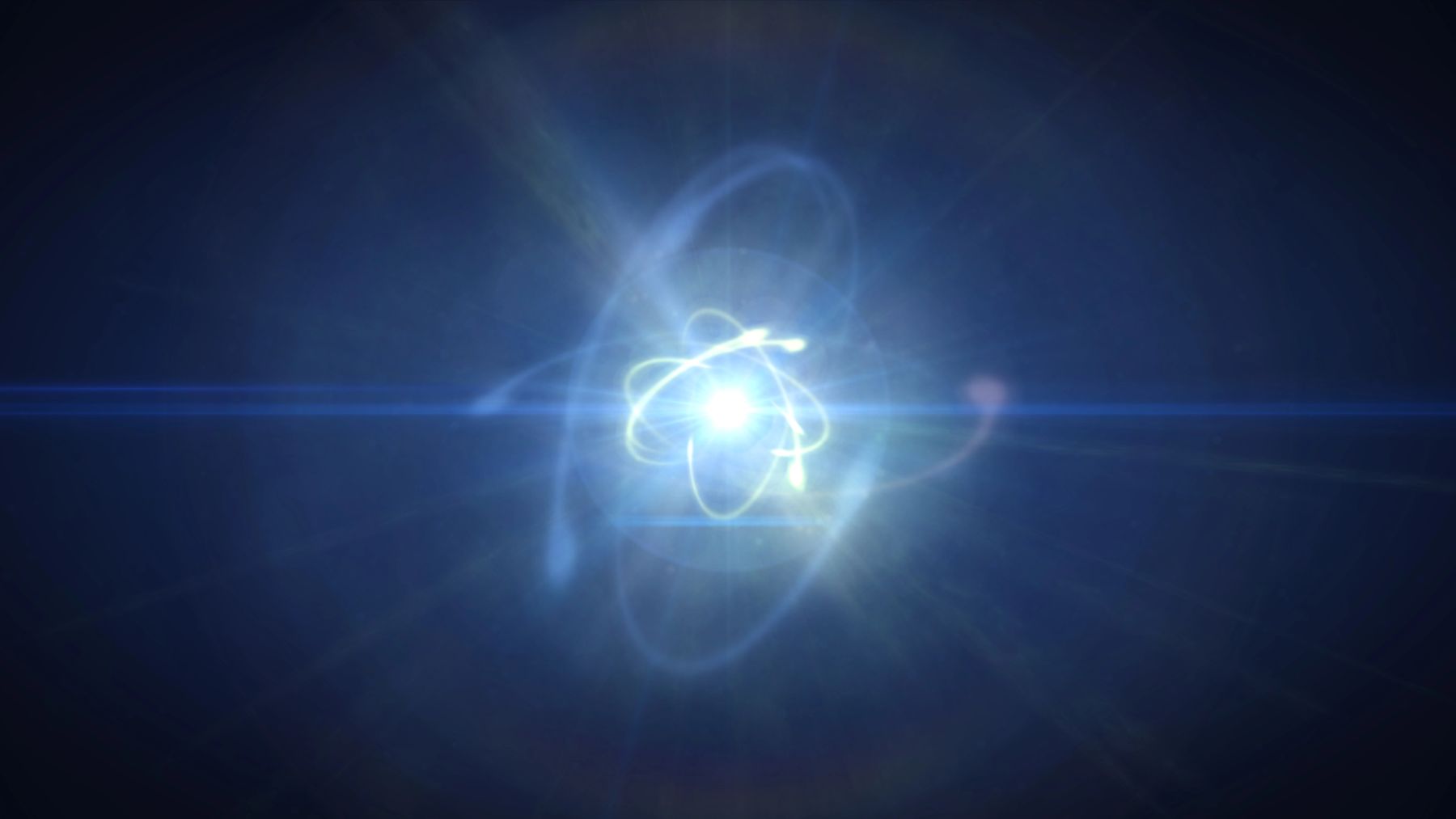The research team obtained its first plasma creation with the SMART device in 2023, marking an important achievement for nuclear fusion technology advancement. The accomplished plasma generation marks an important milestone that shapes the path to endless energy production and global energy production methods. The article investigates this scientific achievement together with its potential international implications.
This new fusion device flips traditional science upside down for better results
Scientists at the Plasma Science and Fusion Technology Laboratory of the University of Seville developed the SMART tokamak. The device is a breakthrough that evaluates the power of plasma configurations with negative triangularity. Tokamaks traditionally maintain their plasma shape as a D-shape. In its distinctive formation, the SMART device uses negative triangularity through a plasma curve that extends inward.
Specialists predict that the internal plasma shape minimizes plasma instability events. The modified configuration boosts plasma operations while protecting the reactor walls from damage. Because instabilities have diminished, the development of stable fusion conditions moves at a faster pace. Such methodology proves essential for developing extended-lifetime reactors that achieve higher performance standards.
Here’s what happened when SMART created plasma for the first time
In 2023, the SMART tokamak reached its first milestone through plasma generation. The engineers achieved success by using microwaves to heat argon gas before increasing its pressure level inside the tokamak. After the preliminary test stage, the team activated the plasma production system. With these accomplishments, the production of plasma through SMART’s operational study phase begins officially.
Research programs can commence through the operational SMART device. The research experiments aim to discover new knowledge about fusion behavior in adverse triangular environments. Observations collected during this phase will lead to better fusion operational efficiency. The research conducted during this phase will facilitate the development of steady, compact fusion-based energy generation systems.
The upcoming experiments will enable scientists to perfect their internal components and optimize the operational parameters to enhance output performance. Knowledge of plasma behavior under varied conditions will prove fundamental for improving the stability and extended operational period of tokamaks.
Negative triangularity: The plasma shape that might unlock infinite power
The fundamental trait of SMART is its implementation of negative triangularity. Negative triangularity is a major advancement compared to positive triangularity, which prevails in traditional reactor systems. Plasma disturbances become less likely when reactors employ this shape design, which improves energy containment performance. The design element maintains the core reaction for sustained energy production by stopping particle and heat escape.
System stability plays an essential role in developing small fusion power systems with dependable output. Measuring a negative triangularity shape presents the key opportunity to build advanced miniaturized fusion reactors. The successful scalability of this design will create possibilities for safer, more lasting, and cleaner reactors. The development of fusion energy creates potential as an actual replacement for fossil fuels.
This innovation could lead to compact fusion plants and endless clean energy
The accomplishment of SMART devices with plasmas demonstrates a significant advancement in the development of fusion power generation. Fusion energy represents the solar process scientists have pursued for decades to produce limitless clean power. Energy history might be about to experience a turning point because of the steps implemented through SMART. Actual advancement in the field is now a reality beyond theoretical models.
Scientists achieved a key milestone by creating plasma within SMART, representing a significant advance toward obtaining boundless, sustainable energy from nuclear fusion. Researchers used negative triangularity as an innovative departure from standard plasma layouts to establish better possibilities in building efficient small fusion reactors with higher stability. The breakthrough innovation shows the potential to transform the worldwide energy system by providing clean, sustainable energy and resolving present fuel shortages and environmental problems.















